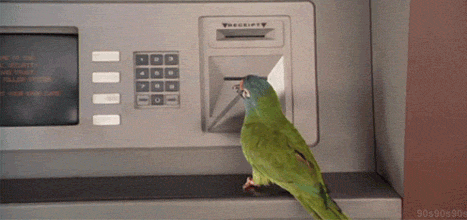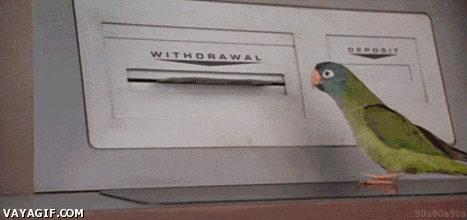
That an asteroid apocalypse could wreck the Earth certainly seems plausible, if inevitable. That it will happen, say, next month seems a bit crazy. It's probably due to our own ability to rationalize away the potential for doom—which is a good thing, sure, one that keeps us from cowering in fear constantly—but that doesn't
meanasteroids don't fly by relatively often.
In fact, according to B612, those asteroids don't always miss. The group tallied up data on asteroid entries around the world, and found that from 2000 to 2013, a total of 26 asteroids made impacts equivalent to nuclear detonations between 1 and 600 kilotons in strength.
The comparison is apt, as the impacts were tracked by the Comprehensive Nuclear-Test-Ban Treaty Organization's
global network of infrasound monitors, which are designed to track nuclear tests, not asteroids. Most notably, we all remember
theChelyabinsk meteor, which was estimated at being the equivalent to
about 500 kilotons of TNT. Now, not all
impacts are that big, but the frequency is a bit alarming, and B612's video isn't helping:
In a press conference today, the group, which was co-founded by a pair of former astronauts, didn't hold back.
"This shows that asteroid impacts are not rare, but actually 3-10 times more common than we previously thought," said co-founder Dr. Ed Lu, who's spent time on the Space Shuttle, ISS, and Soyuz. “The fact that none of these asteroid impacts shown in the video was detected in advance shows that the only thing preventing a catastrophe from a 'city-killer' sized asteroid is blind luck. The goal of the B612 Sentinel Mission is to find and track asteroids decades before they hit Earth, allowing us to easily deflect them.”
Lest you think Lu is a bit too doom-and-gloom, let it also be known that his resume includes leading the advanced
projects group at Google; in short, he's a smart guy. And when he starts talking about asteroid disasters being a function of luck, it's enough to make your ears perk up. He and B612
have put their money where their mouths are, too: the groups Sentinel asteroid-tracking mission
is a rather impressive effort for a private firm.
Of course, the knowledge isn't new. As
we noted last October, the UN is stepping up its efforts for asteroid monitoring, which is definitely a positive sign. There's also
theJPL Sentry system, which NASA describes as a "a highly automated collision monitoring system that continually scans the most current asteroid catalog for possibilities of future impact with Earth over the next 100 years." For those who like suspense, Sentry
posts info
about potential collisions online.
But those programs are largely focused on, well, large objects. And as the last decade's worth of data show, some asteroids of significant size do slip through the cracks. Now, to be fair, those 26 impacts spread out over the whole globe also show how there's a rather tiny chance that, say, your house gets blown up by a space rock in the next 13 years.
Yet that's beside the point, as far as B612 is concerned. It's easy to worry about the Big One, just as it's easy to then rationalize that, hey, just because it happened to the dinosaurs doesn't mean it'll happen to us. But, as these data show, it's not just the Hollywood-worthy giant asteroids that we need to worry about. Asteroids big and small will keep raining down, and unless we get better and trying to stop them, one is eventually going to hit home.













